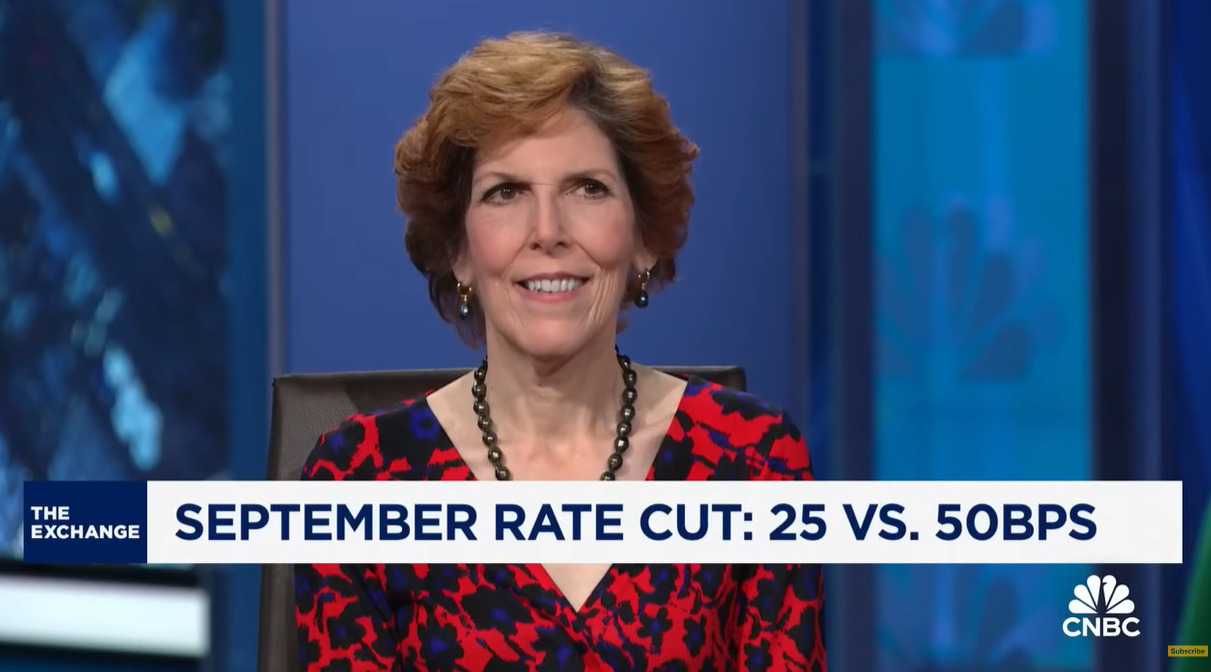Jason Schenker: Economic Outlook for 2025: Tailwinds with Pitfalls
The 2025 economic outlook is a mix of potential and pitfalls. On the upside, inflation is likely to cool further this year, while the labor market is poised to remain relatively solid, positive GDP growth continues and interest rates fall. However, geopolitical tensions and fiscal policy uncertainties loom large in the wake of the 2024 U.S. elections, presenting major downside risks and pitfalls to an outlook that might otherwise seem rosy.
Inflation is Likely to Cool Further
After several years of soaring inflation, driven largely by supply chain disruptions and heightened demand during the post-COVID recovery, consumer inflation rates only began easing seriously in 2024. While year-on0year inflation rates have remained elevated, further declines are likely this year as long as geopolitical risks remain somewhat muted. In fact, we expect most of the major U.S. year-on-year consumer inflation rates—total CPI, core CPI, total PCE and core PCE—to fall toward the Federal Reserve’s target of around 2% this year. That is our base case scenario.
Easing inflationary pressures in our base case scenario are likely to clear the way for the Fed to cut interest rates further, weighing on the greenback and supporting business investment, business valuations, real estate prices and exports. Most importantly, interest rate cuts and a weaker dollar would present upside opportunities for material handling business activity, new orders and exports. The pace of Fed interest rate cuts is uncertain and highly dependent on inflation and labor market data. So, what could happen with interest rates this year? In sum, 2025 interest rate cuts could conceivably total or exceed 100 basis points. The pace and size of Fed interest rate cuts will depend greatly on geopolitical tensions.
There is also the potential that inflation could rebound. For example, if global supply chains suffer from additional trade restrictions or are impacted by kinetic conflict, inflationary pressures could cease easing, and prices across manufactured goods categories could bubble up quickly. Inflationary risks would be particularly acute if key global shipping lanes and oil production remain under threat of disruption or destruction.
U.S. Labor Market Supports Growth Tailwinds
The labor market is likely to be supportive of growth in 2025. Going into 2024, we expected payroll gains to slow and the unemployment rate to rise because we expected that the number of new market entrants would exceed the number of new people added to payrolls. That is pretty much the exact scenario that played out this year.
Around 70% of U.S. GDP comes from consumption, which is why the labor market is a top factor driving economic activity and growth. As we consider the potential for the U.S. economy in 2025, some tailwinds could support growth this year, although the pace of job gains slowed last year—and it could remain a bit slower or slow further this year.
In considering the whole year ahead, we expect payroll levels to show modest gains, but we also expect additional modest increases in the unemployment rate on-trend. Moreover, jobs for knowledge workers may remain scarce while the demand remains high for workers in physically demanding in-person roles, including manufacturing, construction, healthcare, education, agriculture and transportation. Competition for labor in these sectors is likely to result in a continued rise in wages and persistently high levels of labor leverage. For material handling businesses, rising labor costs present downside risks to profit margins.
Geopolitical Risks are Major Pitfalls for Growth
Cold War Two is unlikely to end soon, and the conflict system could expand further and become more severe in 2025. With geopolitical tensions likely to be elevated, ongoing military conflicts, trade disputes and political instability in various regions present significant risks to global economic stability and supply chain security. These factors could negatively impact investor confidence, supply chains and energy prices, creating compounding risk factors that could diminish aggregate U.S. economic output.
For material handling companies and other manufacturers reliant on global suppliers, there are significant risks posed by the threat of greater tariffs, sanctions or even blockades. Geopolitical risks don’t just present downside risks to growth. These risks could also be inflationary, driving up costs while also presenting a significant threat to material handling profit margins.
Looking for the Upside in 2025: Supply Chain and Material Handling Opportunities
In any kind of economic environment, there are headlines and trendlines. For material handling in 2025, the headlines are likely to be related to inflation, jobs, growth and Cold War Two. But if we take a longer-term view of opportunities, there are three key trends—or trendlines—that offer potentially outsized opportunities for material handling businesses and manufacturers to reap financial rewards.
1. Hardware: Automation
Due to high labor costs and a lack of labor supply, businesses are increasingly turning to automation and robotics to streamline and scale up material handling activities. There are large swaths of the economy trying to address the shortage of in-person labor, and material handling is no different. Plus, automation hardware is already in place across material handling businesses, and it is likely to be rolled out more extensively in the years to come.
For example, automated warehouses and AI-driven inventory management systems can enhance efficiency and reduce reliance on labor, mitigating some risks associated with the workforce shortages plaguing physically demanding in-person roles. With strong and rising levels of e-commerce retail sales, it may be relatively easy to make the case for more automated activities.
2. Software: Data-Centric Technology
The use of big data can help drive meaningful insights that can improve the efficiency or profitability of material handling businesses. Moreover, the effective use of advanced data-centric technologies such as predictive analytics, machine learning and AI can provide greater transparency and efficiency in supply chains—and across company business units and divisions. These technologies can support mid-and backoffice professionals in boosting productivity. Additionally, these technologies can also be deployed to enable real-time tracking of goods and improved forecasting, allowing companies to be more agile and resilient—attributes that usually reveal opportunities to grow profits.
3. Reshoring and Nearshoring
With rising geopolitical and supply chain disruption risks, many companies are considering reshoring or nearshoring their manufacturing production facilities. Moving manufacturing closer to home could reduce transportation costs, improve supply chain resilience, engender local economic growth multipliers and create domestic or North American jobs.
Looking at a wide range of countries, some of the greatest manufacturing investment opportunities of Cold War Two may be in the United States and Mexico. After all, Mexico became the #1 source of imports into the United States in 2023. However, not all goods coming from Mexico to the United States are actually Hecho en México. Some of them are Made in China. There is a major issue with the transshipment of goods from China to Mexico, which are subsequently transported to the United States. This serious problem is likely to be addressed by Congress in 2026 when the USMCA comes up for review.
Prepare for Opportunities/Be Vigilant About Risks
There are really promising opportunities in supply chain and material handling in the year ahead. However, there are also some significant Cold War Two risks. Vigilantly monitoring geopolitical and supply chain risks while embracing technological advancements and opportunities can help MHI member companies thrive—even in an evolving, uncertain environment.
This article is written by WWSG thought leader, Jason Schenker.






